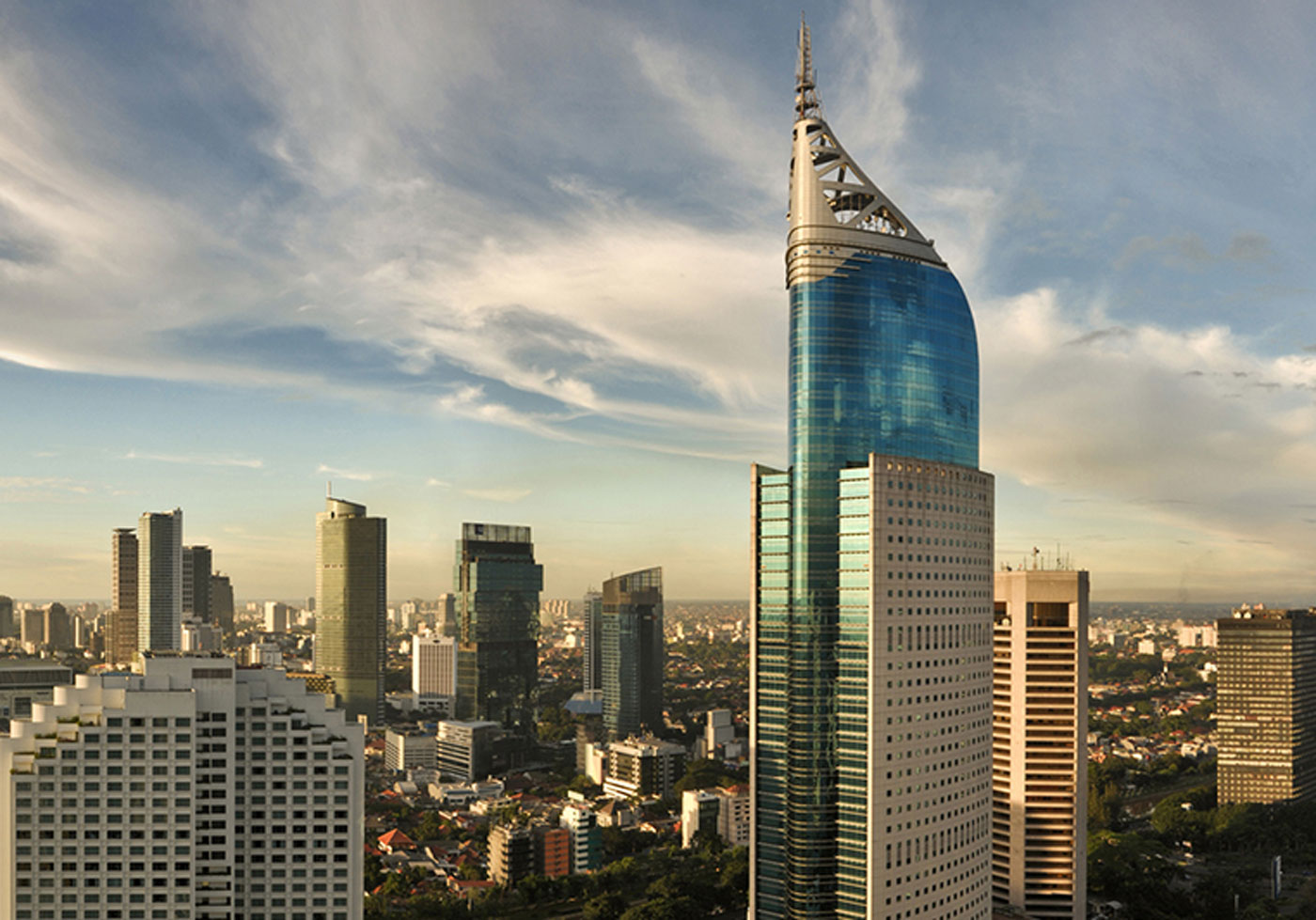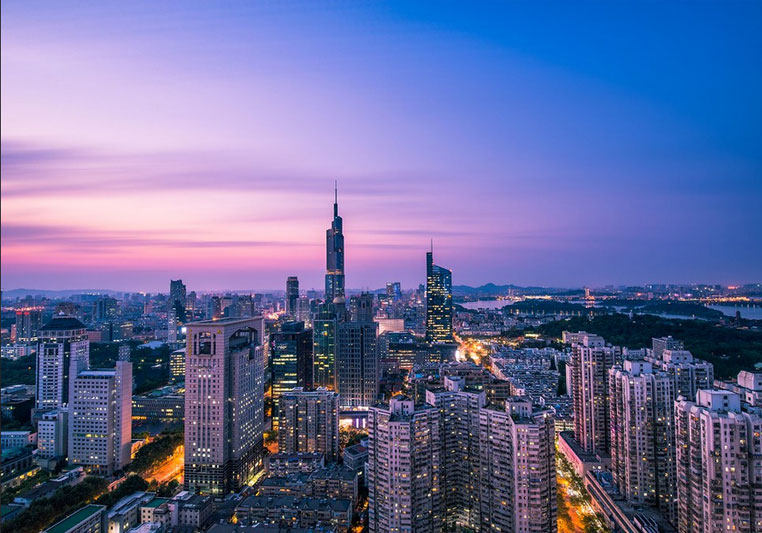Surreal Estate
While HongKong andTaiwan successfully tamped down COVID-19 by following the science, the USA went the opposite direction; at least until recently. In fairness, Churchill did sayAmerica always does the right thing after exhausting every other possibility.
Much of the this huge anger against masks in America stemmed from a growing fear that this year of living dangerously has changed our lives irreversibly. The Economist says half of the American population is now jobless.
By March this year, restaurants from New York to Hong Kong were going lights out and then belly up. The pain from these closures seared up the food chain through restaurant owners to their landlords, and up through to the pension funds and financial institutions that owned those mortgages. The Economist calls it a “rent apocalypse”.
No surprise investors are mulling retail outlets in malls and the malls themselves. Whereas until recently, this is where all their zero interest money was parked. “Park & Forget,” is what they said about retail real estate before the pandemic became a thing. As you’ve astutely guessed, we aren’t talking chump change. The Economist calculates these institutional investors hold about $11 trillion in real estate assets, much of it leveraged.
Inevitably, a chunk of that money has to go park someplace else. But where? As a clue, we have TIME’s latest prediction: ”Many Companies Won’t Survive the Pandemic.Amazon Will Emerge Stronger than Ever.”
Keep in mindthat real estate money is cautious money. Parked over long periods of time, it’s slow to move. It’s not the type that swims easily over to start-ups and highrisk portfolios. It prefers to stay in real estate. Which then begs the question, what real estate assets would one associate with Amazon and its ilk? Data centers.
That sucking sound you’re hearing, is money being hoovered from retail real estate into the datacenter sector. I should know; being bang in the middle of this huge global buildout taking place — from data center hubs in Ashburn, Amsterdam and Singapore to the edges in South East Asia and other outlying areas with hungry eyeballs, and anxious enterprises moving their critical workloads online.
Commerce had steadily shifted on to the Internet over the past decade, and data centers were a burgeoning sector well before 2020 unravelled. Alarmed at the electricity they pulled from the grid and the urban square footage being taken away from housing, cities like Amsterdam went slapped moratoriums on data center buildouts before COVID-19smote us like a Boss.
The dust hasn’t yet settled around what 2020 has wreaked, but with the urgency the pandemic has instilled around moving critical workloads online, Amsterdam has already end edits moratorium and one expects China too, to ease up on data center construction in its Tier 1 cities. I wrote some months ago on the speculative build in Navi Mumbai. While that concern remains, the hyperscalers are now building out closer to eyeballs in India’s other cities; whereas earlier they cautiously converged around Mumbai and Chennai. Elsewhere in Asia, the larger players are building in cities they earlier served from hubs like Singapore andHong Kong.
What’s one to take away from all of this? You mean, other than we’ll be Zooming more and travelling less? Ordering-in instead of eating out? It’s probably that the pandemic has simply accelerated what was already trending – whether we checked in to our flights or checked out of a supermarket. IT, automation and online commerce was becoming a way of life well before the pandemic gave it the ultimate seal of approval. 9,300bricks-and-mortar stores closed in America in 2019; Coresight Research, a data firm, says 15,000 could fold in 2020. JCPenney, a century-old department-store chain, went bust last month. We are more dependent on online servicing now than we ever were. This is a permanent affliction.
An integral part of our life, this new ecosystem delivers in spades to ease our life, soothe our brow, while making no promises on mass employment of the kind retail, and manufacturing do. Being the bedrock to this massive new virtual edifice, data centers too can’t be anything but highly automated and minimally manned.
What does this mean to you and me? I’d suggest, making sure our kids become scientists, engineers, technicians, electricians, mechanics and mathematicians. It probably means avoiding fine arts for the time being, but funnelling that talent into UX/UI Design.

